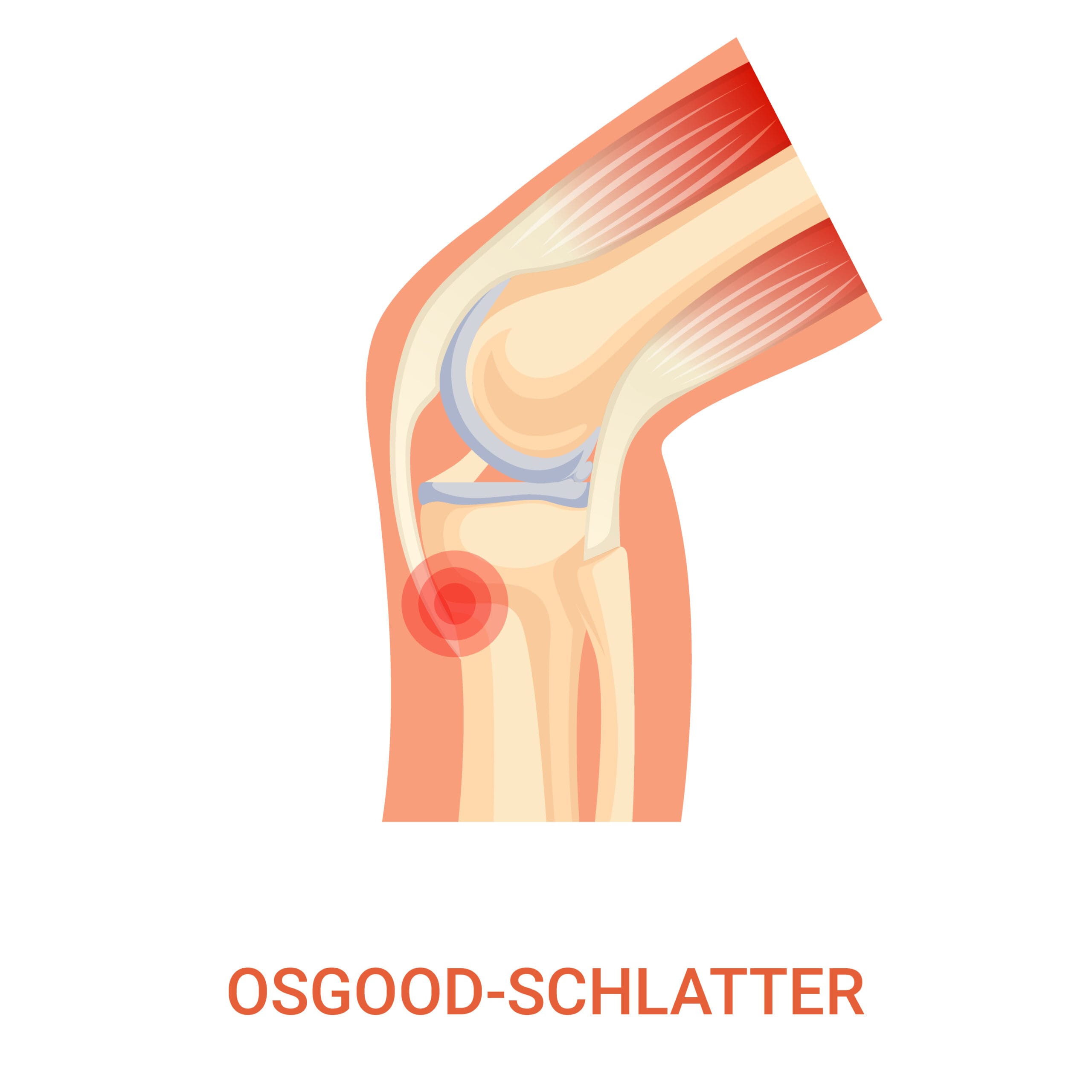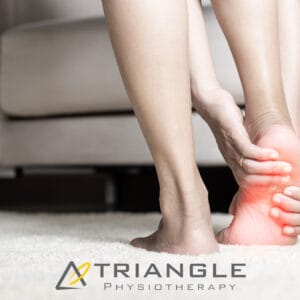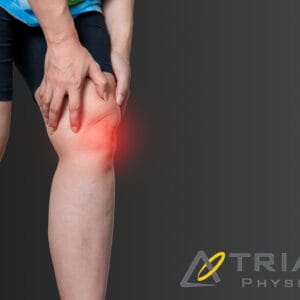Osgood Schlatter disease Is a common knee condition characterized by inflammation of the growth plate on top of the shinbone just below the kneecap.
Symptoms of Osgood Schlatter
- Knee pain and leg pain
- Tenderness and swelling at the tibial tubercle or under the knee
- Tight muscles in the front or back of the thigh
- Limping may be present and it worsens usually after jumping
- Pain experienced on running, or going up and down stairs but eases up with rest
- Weakness of the quadriceps muscles
- Pain after certain activities like running
Osgood Schlatter Disease is more common in people who relate to the following:
- Age: it is more common in children and adolescents ages 10 to 15 years
- Gender: It is more common in boys than girls
- Individuals who have a history of previous knee injuries like fractures or sprains
- Individuals who participate in sports that involve repetitive movements of the knees like basketball, soccer, football, and track and field.
Physiotherapy Treatment of Osgood Schlatter Disease
- RICE – rest, ice, compression, and elevation
- Stretching exercises of the quadriceps, hamstring calf muscles are crucial because tightness on the muscles that surround the knee can pull on the tibial tuberosity and patellar tendon
- Strengthening exercises for leg and thigh muscles to provide better support to the knees.It is usually best to start with isometric strengthening exercise for the quadriceps and progress gradually to high-intensity strength training
- Activity modification may be recommended as well as orthotic inserts
- Taping for the patella may help decrease the load on the knee
- Modalities such as Interferential current and therapeutic ultrasound for pain and inflammation.
- Shockwave may also be used to help reduce pain and promote healing
If you have any type of knee or leg pain, contact us to book an appointment with one of our Physiotherapists today!
Our More Locations
Physiotherapy Etobicoke | Physiotherapy Oakville | Physiotherapy North York | Physiotherapy Toronto | Physiotherapy Lawrence Park | Physiotherapy Mississauga | Physiotherapy Queens Quay | Physiotherapy Mississauga Erin Mills | Physiotherapy Liberty Village




